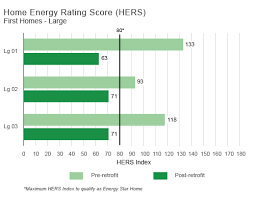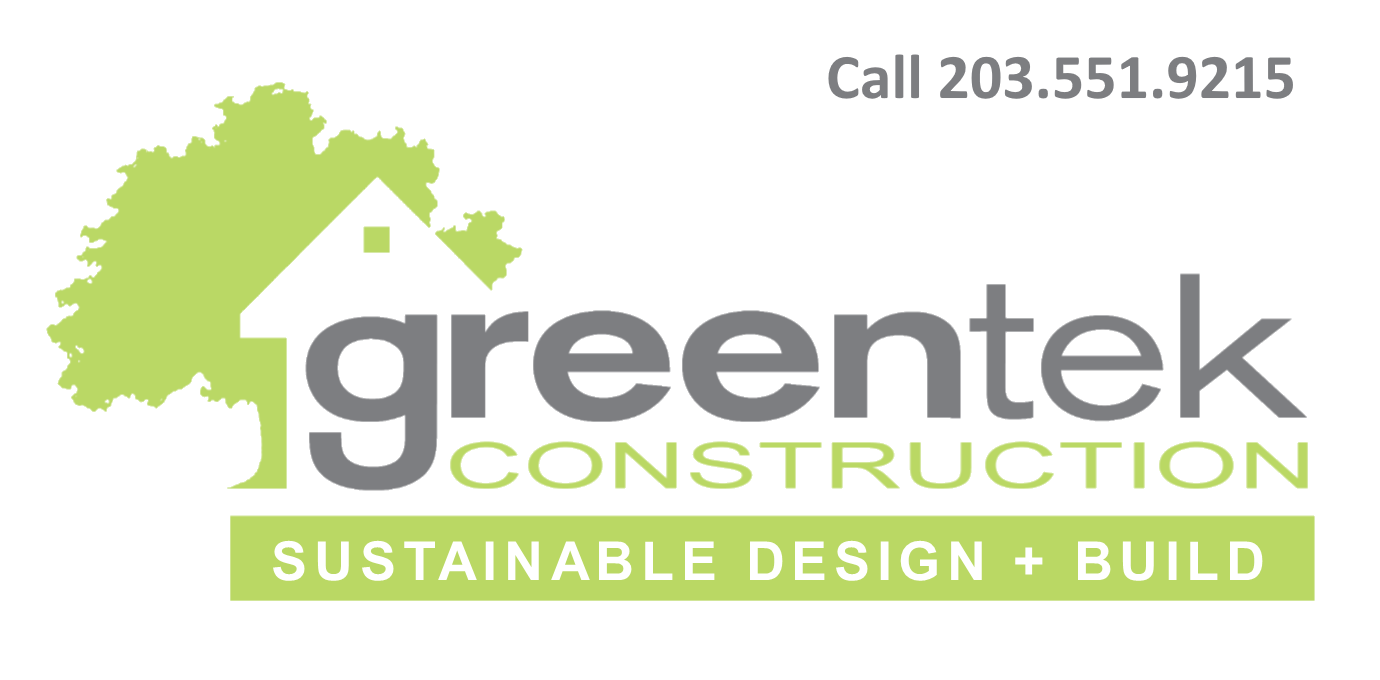 Frequently we get a questions or comments about the cost of sustainable construction. Questions center around the perception that the construction or remodeling are excessive over traditional construction. The comments are usually concerning the return on investment (ROI) of a project – meaning the money you put in needs to “pay off” within a period of time that one lives in their home.
Frequently we get a questions or comments about the cost of sustainable construction. Questions center around the perception that the construction or remodeling are excessive over traditional construction. The comments are usually concerning the return on investment (ROI) of a project – meaning the money you put in needs to “pay off” within a period of time that one lives in their home.
Here’s the thing… both concepts need to be examined.
A public opinion survey found that those that answered the survey believed the average cost to build sustainability to be 17% above traditional construction. However, the same study found the “actual average marginal cost of less than 2%”.
The question of ROI is often one of the first things brought up as a factor for some people considering building or renovations. “The most efficient way to analyze the financial benefits would be to look at both the cost premium and the savings associated with that premium, for each feature of a green home”. While ROI can be measured, we encourage folks to think of their homes as a whole system.
Picture a house surrounded by a balloon. If you poke holes in the balloon you’re left with a flat balloon. Each system contributes to the efficiency of the home. By creating the balloon and a tight home envelope, the other systems within the balloon can be optimized – saving money and resources.
Talk to us about your vision and let us help design your best shade of green.

 We were excited to announce our affiliation with Halstead Property – a premier Real Estate firm with international recognition. Now to add to this impressive organization, Halstead has partnered with world famous New York Yankees. We look forward to a wonderful partnership.
We were excited to announce our affiliation with Halstead Property – a premier Real Estate firm with international recognition. Now to add to this impressive organization, Halstead has partnered with world famous New York Yankees. We look forward to a wonderful partnership.


